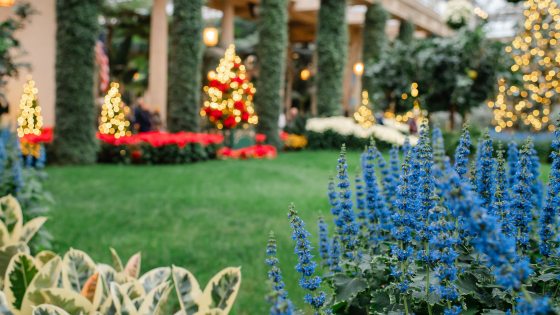Our Blog
Blog All Items Title
All Recent Articles

The “Nuts & Berries” of our Parterre Garden
Longwood’s Christmas display develops around a theme—some unifying concept that ties together the colors and imagery throughout the Conservatory. The theme is chosen by our horticulture staff, who then involve colleagues from throughout the Gardens to brainstorm ideas and come up with different ways to express the theme. This year we were inspired by the motifs of classical French design. As soon as the French theme was chosen, we all agreed, “There must be a parterre garden!”
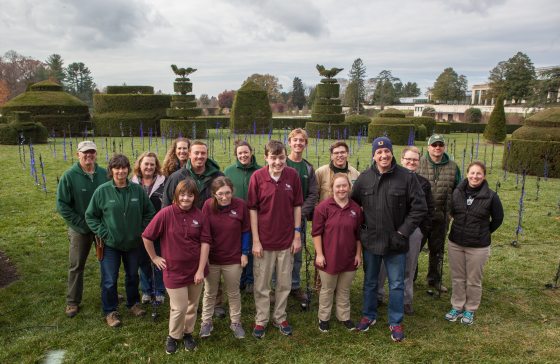
Students Discover Joy in a Job Well Done
“It’s heaven,” exclaimed Natalie Kramer when the twinkling white and blue lights began to dance for the first time in our Topiary Garden. Kramer is one of four students who have been working since September assisting Longwood Staff members on the building and installation of the Gardens’ newest holiday light display.
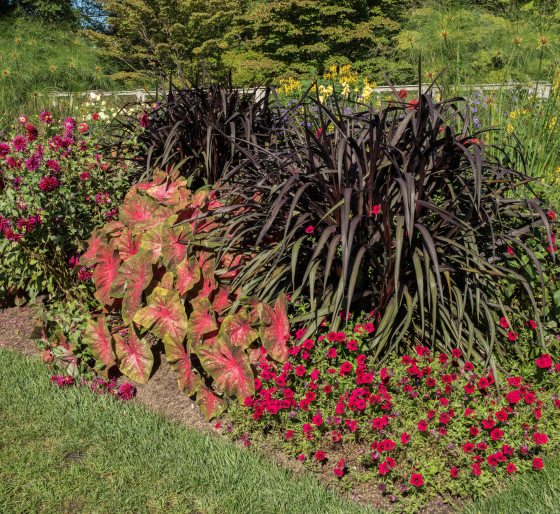
Flamenco Dancer Stomps on Competition
In October we wrapped up our third season of a friendly competition in our Trial Garden. Our gardeners submitted plant combinations and designs that were showcased for all of our guests to enjoy—and vote for their favorites!

Longwood Fellows Dive into the Business of Public Gardens
Great public gardens must function as successful businesses to provide maximum impact and return on their mission. Leaders of nonprofit organizations focus on mission while also exercising fiscal discipline in order to meet their strategic objectives.
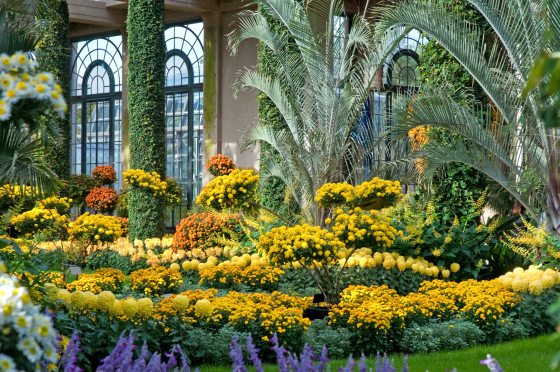
Get to Know Our Chrysanthemum Festival
As Longwood’s Display Designer, it is my responsibility to make sure that our Chrysanthemum Festival is beautiful and engaging. In order to make the Festival successful we rely on a very talented group of individuals, and it is my privilege to lead the creative process. The plans for Chrysanthemum Festival happen more than one year in advance, starting with my conceptual plan that takes into account color, height, texture, and other aesthetic considerations.

A Grand Return Filled with Gratitude
This past May, as we debuted our Main Fountain Garden, I was filled with awe and anticipation. Watching the revitalization over these last few years has been humbling, to say the least. Fast track 158 days later and the reception the garden received in its summer-into-fall revival surpassed all our expectations.
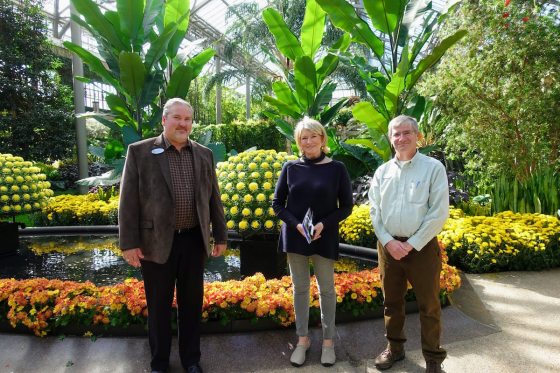
A Visit to Longwood Gardens
While I was at QVC earlier this week, I had the opportunity to visit the exquisite Longwood Gardens in Kennett Square. If you are in the area through November 19th, stop by and visit the Chrysanthemum Festival, where you’ll see thousands of colorful mums planted in orbs, spirals, and pagodas—you’ll love it. Here are photos from my recent visit to Longwood Gardens—enjoy.
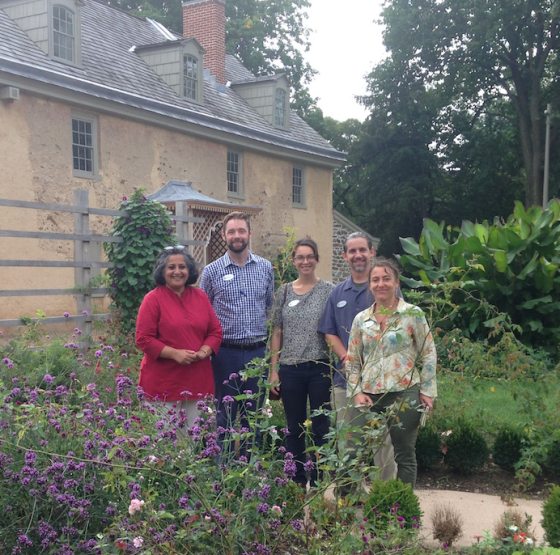
Bartram’s Garden Welcomes Longwood Fellows
In the early 1800s, at the country’s first botanic garden, Ann Bartram Carr welcomed boaters by serving them ice cream. Today, neighborhood kids ride Bartram’s Garden kayaks out to a raft on the Schuylkill River where they, too, are greeted with free ice cream. Such is the spirit of welcome that we, the Longwood Fellows, were greeted with during our recent visit to Bartram’s Garden.
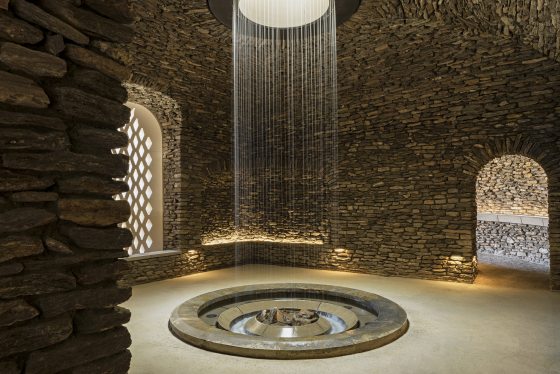
Our Otherworldly Grotto
Grottos are natural or artificial caves used since antiquity as spaces of devotion or retreat in the landscape. From the the caves of Homer’s Odyssey and Ovid’s Metamorphoses, to the rock-cut grottos of Hellenistic Rhodes and spring-fed crypts of Apollo’s oracle at Delphi, the tradition of grottos is founded at the intersection of history and myth.

Longwood Fellows Engage in Leadership Salon
On July 27, the inaugural cohort of Longwood Fellows traveled to Drexel University in Philadelphia, Pennsylvania, for the first in a series of Leadership Salons that will expose the Fellows to thought leaders in public horticulture and beyond and to the challenging topics they face in the nonprofit sector. This first salon, led by Danielle Rice, Ph.D., Director of Museum Leadership at Drexel University’s Antoinette Westphal College of Media Arts and Design, focused on the history of urban public spaces—an appropriate place to begin.
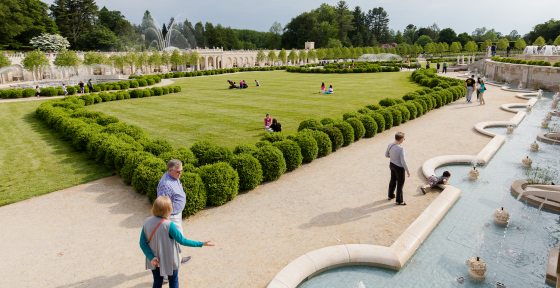
America’s Versailles
West 8 urban design & landscape architecture has had the privilege of serving as master planners and landscape architects at Longwood Gardens since 2009. During this time, our team has gotten to know the culture, staff, traditions and seasons at Longwood, and walked every corner of the 1,077-acre site. For the Master Plan and the Main Fountain Garden we have worked with Longwood to take a big step back from the complex details of the horticulture and day-to-day operations. Along with our client team at Longwood, we have a huge ambition—to further root the Gardens within the canon of the greatest gardens of the world.
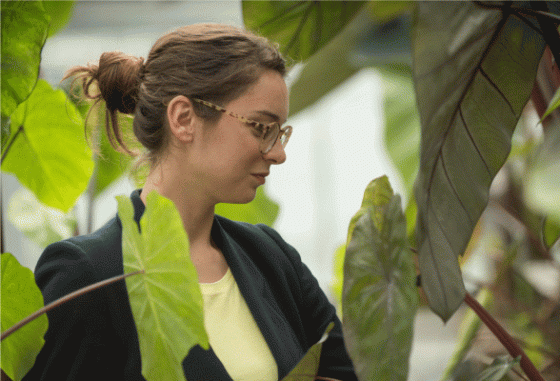
Follow the Fellows
“Leadership” can be an amorphous term. Most agree that it is an important quality to possess these days, from scholars to the average person on the street, but how is the term defined and what does it mean to study leadership in 2017? Beginning with this post, the Longwood Gardens Fellows invite you to “Follow the Fellows” as they define the term for themselves and actively seek to develop their leadership skills and personal brands.
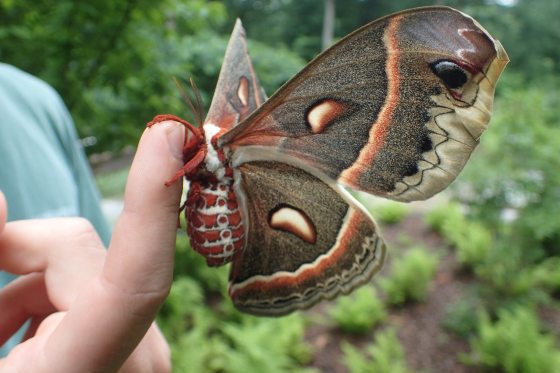
Shedding Light on Moths
This July, in the dark of the new moon, an unusual celebration will be taking place all over the United States. No, it’s not the Fourth of July—it’s National Moth Week! From July 22 through July 30, nature lovers and moth enthusiasts across the country will be celebrating these secretive, under-appreciated insects.
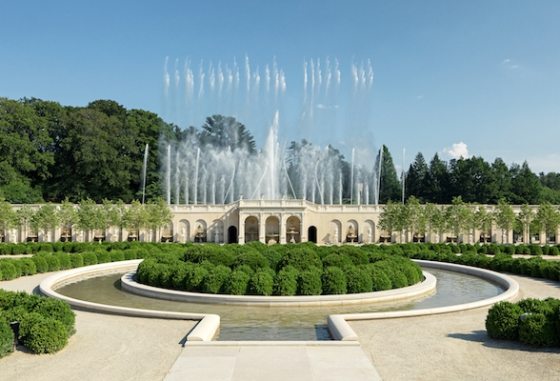
Celebrating Our Founder, Fountains, and Flowing Water
In July 1906, Pierre S. du Pont purchased the rights to the historic Peirce’s Park and surrounding lands, thereby establishing Longwood Gardens. One hundred and eleven years after Mr. du Pont’s purchase, we commemorate this historic act with our Founder’s Day weekend of festivities.

A Flourish of Fountains
Longwood is home to the most significant fountain collection in North America and in June we celebrate all the fountains in our Gardens. From Pierre S. du Pont’s first single-jet fountain on the Flower Garden Walk to the 1,719-jet Main Fountain Garden, guests can learn more about Longwood’s fountains with tours and two new exhibits...

The Way Things Work Now: A Community Read
What does our 2017 Community Read selection, The Way Things Work Now, have in common with our Main Fountain Garden? Both are works of art and engineering that engage the imagination. Both were created by masters of their fields—David Macaulay is an award-winning author whose words and drawings help us imagine how technology works, while Pierre S. du Pont was a visionary business leader whose love of fountains placed that technology on spectacular display. It’s one thing to stand in awe of such technological wonders—and quite another thing to wonder, and to seek to understand. That’s what David Macaulay and this year’s Community Read do so well—they make us wonder not only about things that inspire awe, but also about things we might otherwise take for granted.

Growing Together at the Annual Longwood Graduate Program Symposium
On Friday, March 3, the Longwood Graduate Students presented their annual symposium entitled “Growing Together: Cultivating Change in the Economic Landscape.” The daylong educational experience sought to engage attendees in big picture thinking. From how the public horticulture industry uses vacant city lots for urban farming to the way public gardens can advocate for their mission while leveraging current events and politics, the riveting speakers and crowd discussions left no mind untilled.
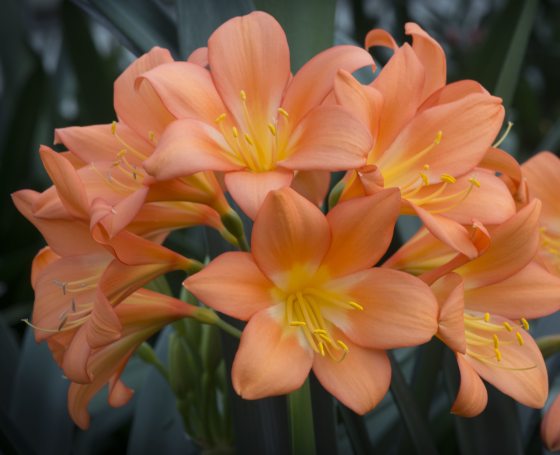
Longwood Releases Clivia miniata ‘Longwood Sunset’
With soft, pastel-colored flowers, Clivia miniata ‘Longwood Sunset’ is a color breakthrough for our 40-year-old clivia breeding program. Apricot and peach tones imbue the reflexed, overlapping tepals with hues of a blushing sunset. Before being named and released, ‘Longwood Sunset’ received multiple awards at the North American Clivia Show in 2014. This year ‘Longwood Sunset’ will be exclusively available for purchase through a partnership with White Flower Farm.
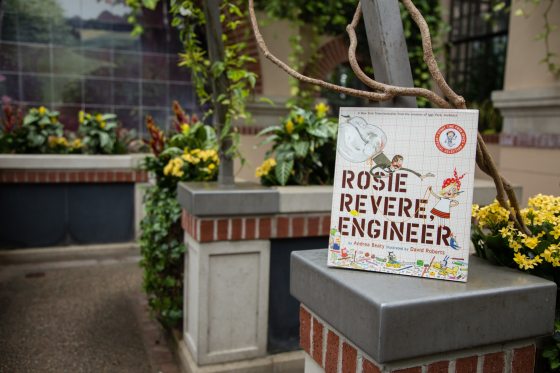
Reading in Community
Have you ever wondered how your smartphone works? How about a telescope? Or helium pants? This year, the Longwood Gardens Community Read invites you to explore the wonders of science, technology, and engineering that shape our world. Pick up this year’s titles—The Way Things Work Now by David Macaulay, and Rosie Revere, Engineer by Andrea Beaty—to find fun and fascinating answers to these questions, and the inspiration to ask many more.
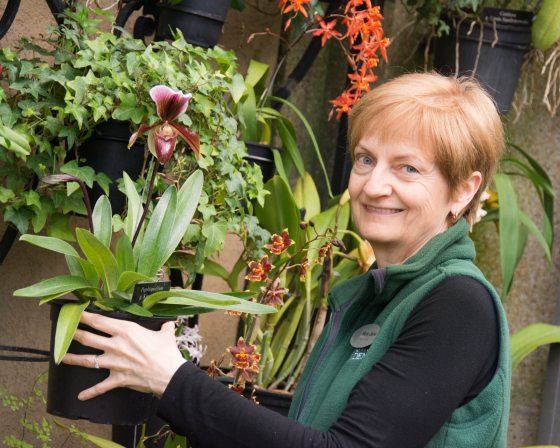
Our Vital Volunteers
Orchids are one of Longwood Gardens’ oldest and largest plant collections, with more than 2,200 different hybrids and species. On any given day, several hundred blooms are on display in the Orchid House in the Conservatory. For the past two years, this extensive and historic collection has been managed by Greg Griffis, Longwood’s orchid grower. As Greg acknowledges, a lot of work is required to keep all these orchids healthy and flourishing, and he relies on the help of a team of dedicated volunteers. I’m privileged to be one of them!
